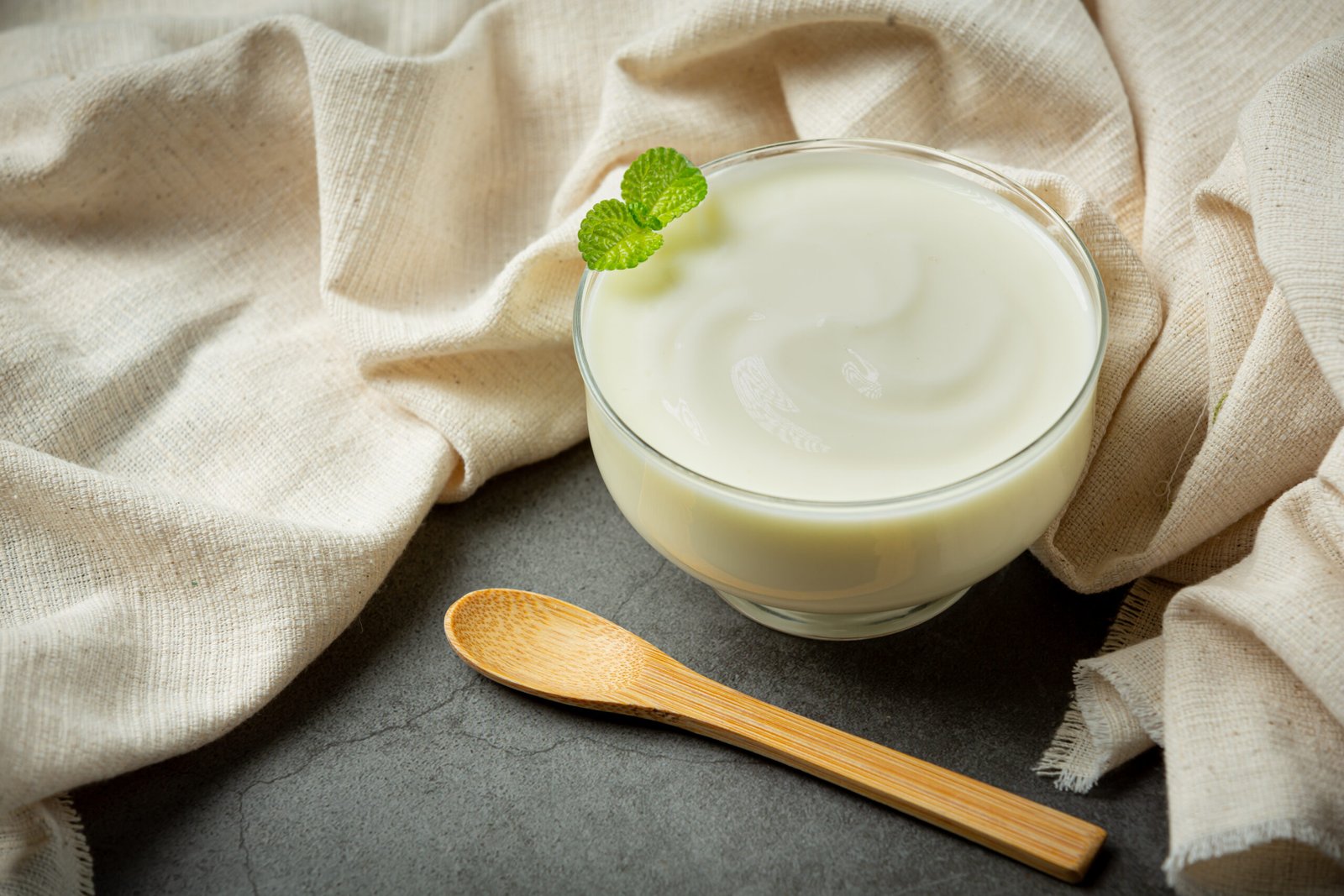Yogurt, a beloved dairy product consumed worldwide, not only tantalizes our taste buds but also offers a myriad of health benefits. One of the key considerations when including yogurt in our diet is its caloric content. Understanding the calories in curd can empower individuals to make informed dietary choices, whether they are aiming for weight management or simply seeking a nutritious addition to their meals.
The Basics of Yogurt:
Before delving into the caloric details, let’s explore the basics of yogurt. This dairy product is produced by fermenting milk with specific bacterial cultures, typically Lactobacillus bulgaricus and Streptococcus thermophilus. The fermentation process gives yogurt its creamy texture and distinctive tangy flavor while also enhancing its nutritional profile.
Calories in Curd:
The caloric content of yogurt varies based on factors such as the type of milk used, the fermentation process, and any additional ingredients. On average, a cup of plain, whole milk yogurt contains around 150 calories. However, the caloric content may be higher or lower depending on whether it is made from whole milk, low-fat milk, or non-fat milk.
Low-Fat Yogurt: Low-fat yogurt is a popular choice for those looking to reduce their calorie intake while still enjoying the benefits of yogurt. A cup of low-fat yogurt typically contains around 100 to 150 calories.
Non-Fat Yogurt: Non-fat or fat-free yogurt is the leanest option in terms of calories. A cup of non-fat yogurt generally provides around 80 to 100 calories.
Greek Yogurt: Greek yogurt, known for its thicker consistency and higher protein content, also comes in various fat levels. However, due to its straining process, it tends to have a higher concentration of nutrients, offering a more satisfying snack with around 100 to 150 calories per cup.

Factors Influencing Caloric Content:
Apart from the type of milk used, the addition of sweeteners, flavorings, and toppings can significantly impact the overall caloric content of yogurt. Flavored yogurts often contain added sugars, contributing to increased calorie levels. It’s essential for consumers to check nutrition labels to make informed choices, especially if they are watching their calorie intake or managing specific dietary requirements.
Making Healthy Choices:
Yogurt is undeniably a versatile and nutritious food, providing essential nutrients like calcium, protein, and probiotics. To make the healthiest yogurt choices, opt for plain or lightly sweetened varieties, and consider incorporating fresh fruits or nuts for added flavor without excessive calories. Experimenting with different types of yogurt can cater to various taste preferences and dietary needs.
Conclusion
In the realm of dairy delights, yogurt stands out as a nutritional powerhouse. Understanding the caloric content of curd empowers individuals to make mindful choices that align with their dietary goals. Whether you savor the creaminess of whole milk yogurt or opt for the lean profile of non-fat options, yogurt can be a delicious and nutritious addition to a balanced diet. So, the next time you indulge in a spoonful of yogurt, relish not only its taste but also the knowledge of the calories it brings to your table.





